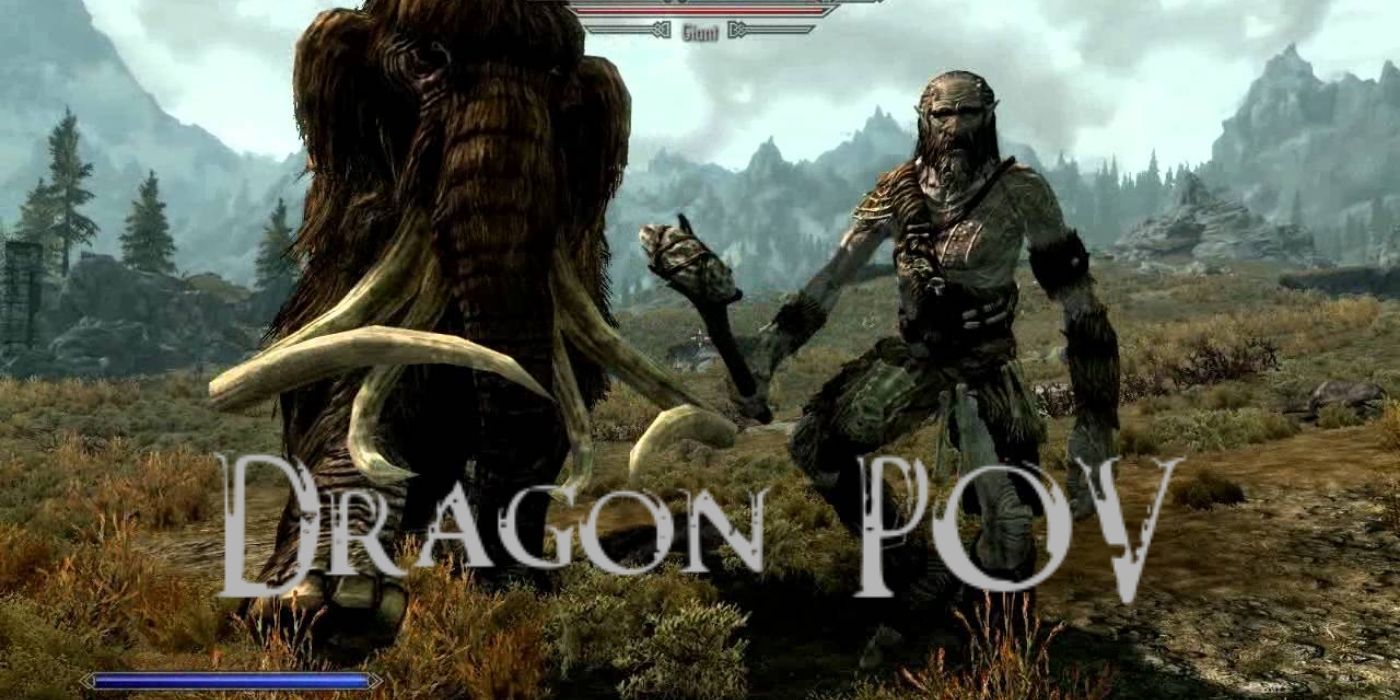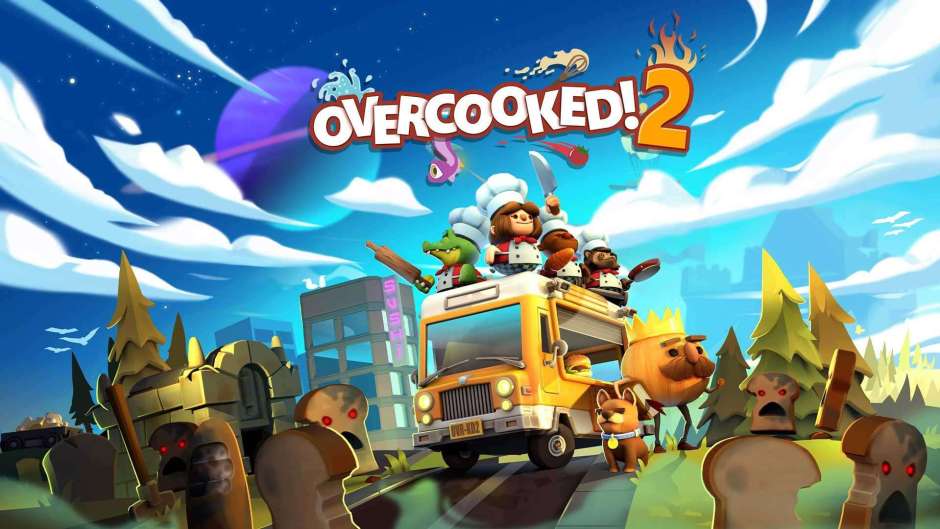
Guilty Gear Strive marks the return of Guilty Gear, bringing itsflashy techniques to a brand new generation of consoles. Characters of the hit game by Arc System Works are back with brutally quick attacks, unique mechanics such as Roman Cancels, and signature Overdrives. As with any other fighting game, Strive has a whole swath of mechanics that can accommodate any playstyle.
RELATED: Guilty Gear: Best Characters In Arc System Works' Franchise, Ranked
Considering its flexible mechanics, Strive immediately punishes players for their mistakes. And despite the sheer brutality of Strive's flashy combat, it does reward players that dedicate enough time to experiment. For players who avoid some rookie mistakes, they can learn how to fight on par with the pros in the game.
10 Forgetting Character Gimmicks

Unlike other fighting games where characters achieve balance through mechanically similar movesets, Strive continues the Guilty Gear tradition of going crazy with gimmicks. At the franchise's core, its mechanics achieve balance by, liberally speaking, encouraging characters to get crazy with their meta gimmicks. People who try to play a character without focusing specifically on their core gimmick are bound to have a hard time.
To counteract this difficulty, Strive newcomers should remember that a character's fancy gimmick dictates their overall playstyle. For instance, what fan-favorite Potemkin lacks in size he compensates with sheer grappling power. By this core gimmick, Potemkin isn't a mobile aggressive character but rather relies on catching enemies off-guard with punishing grabs and throws.
9 Remember That Body Declares Defense

There's a reason why characters such as Potemkin and Nagoriyuki become ridiculously difficult to take down even with the fiercest of combos. Players who call haxx when they see lower damage numbers against Potemkin but vastly increased against Chipp are partially right. This is because Strive does allocate hidden defense mechanics to all their characters. When fighting, players should take note of two things that factor damage scaling:
- Defense Rating: This basically declares how much less (or how much more) damage a character can take when taking a hit head-on. As mentioned, Potemkin boasts a 0.93 Defense Rating, meaning he takes 7-percent less damage. Opposite him is Chipp, with a 1.26 Defense Rating, meaning he takes 26-percent more damage.
- Guts Multiplier: This declares how much characters shake off the damage they take when their Life hits certain points. For example, Anji Mito at Guts 5 can take ridiculously less damage at 30-percent Life or lower. On the contrary, Faust at Guts 0 can take more damage at the same Life percentage.
8 Trying To Solve With The Mash
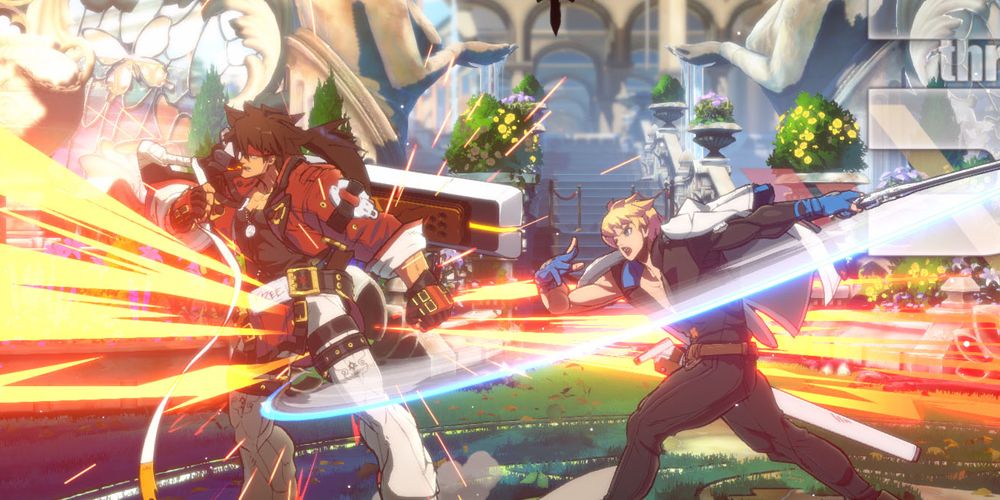
Almost all fighting games have "that character" that's everyone's staple button masher. They exist for the sole purpose of putting enemies on their toes due to their highly flexible moveset. Thing is, Strive doesn't rely on random button mashing that could somehow make a character whip out a miraculous combo. Anyone who tries to mash their way out of combat will almost certainly meet an early demise.
Players having a problem with their fighter's combo potential should remember that all characters in Strive have combo strings. Thing is, they have a means of weaving into each other without having to mash. Players with this predicament should note that Normal Attacks ordinarily link with their own attack types. On the other hand, Command Normals give limited room for stringing different attack options. Noting this key difference can help players be more proactive with their combo studies.
7 Panicking In Sticky Situations
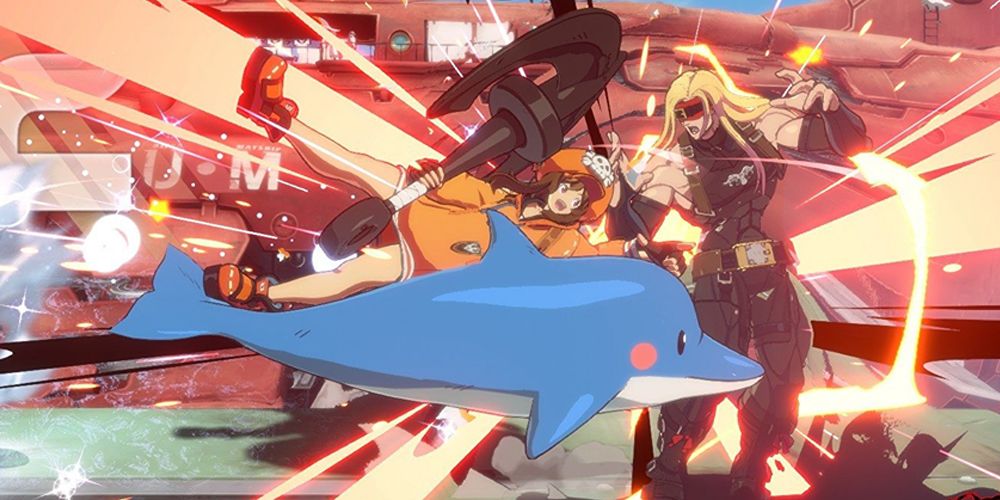
Panicking on the verge of defeat is a staple reaction to anyone playing a heated fight. In the case of fighting games, panicking will likely have players just mash everything and hope for a miracle, right? Aside from forced mashing giving players a hard time, outright panicking can ruin any chance a losing competitor might have from ever recovering from a match.
RELATED: Mortal Kombat: Best Factions In The Franchise, Ranked
Remember, unlike other fighting games, Strive gives everyone options to pull off a decent fight even with just its core attacks alone – all while giving higher-level players the same complex mechanics to play with. As a result, while pros can definitely pull off stunning combos, newcomers who know their counters can simply pull off a basic attack or block to punish even the flashiest of moves.
6 Staying Too Long On Defense

Sometimes, the best defense can be a good offense. In most fighting games, the right defense can lure enemies into opening themselves to a brutal counterattack. Surprisingly in Strive, the best defense is rushing headfirst to the opponent. In fact, the game actively punishes players who rely on defense too much when it comes to their gameplay approach. Penalties in the match include depleting Tension and harsher counter moves, leaving defensive players wide open for punishment.
The only way to counteract this is for players to defend themselves more proactively through well-timed blocks, dodges, and reversals. Given Tension refills quickly, players at a disadvantage always have multiple ways to pull through past an overwhelming foe.
5 Hesitating With The Tension Meter

Players used to rare resource mechanics in other games might see themselves hesitating to dish out an Overdrive or two with Strive's Tension Gauge. Remember, aside from Overdrives, mechanics such as Roman Cancels and Psychic Bursts need Tension to work. With how intense combat mechanics can become, hesitating to spend that Tension can prove fatal for both newcomers and Guilty Gear savants.
Thing is, the game offers a ridiculous amount of ways for players to earn Tension throughout a match. Following up any Tension mechanic with any aggressive behavior (yes, even walking towards the enemy) can slowly fill the Tension Meter. Given this gameplay quirk, players should start stringing Overdrives, RCs, and Bursts naturally into their playstyle.
4 Forgetting About Roman Cancels
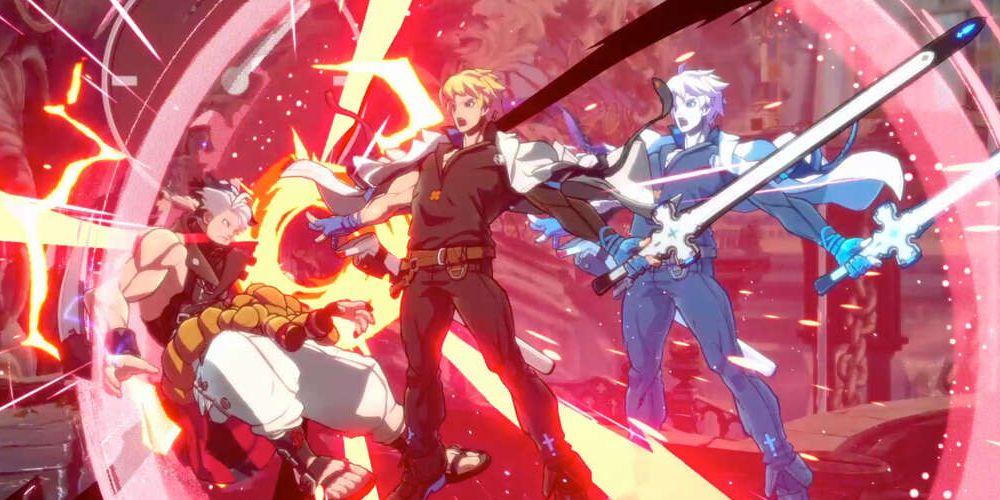
Anyone who's ever played a fighting game might have heard of teaching, or canceling a movement (move or attack), which generally falls on mid-tier to higher-tier play. In Strive, teching becomes a core mechanic, thanks to Roman Cancels. Thing is, players who avoid adjusting to Roman Cancels are in for a rough time. Since they are easily executed (press any three attack buttons except Dust), even newcomers can Roman Cancel from an attack and make fierce follow-ups.
RELATED: Things Every Fighting Game Needs In 2021
Costing 50-percent Tension, Roman Cancels will cancel a current move and briefly pause time, leading to a lot of fun plays. Mechanically speaking, Roman Cancels exist specifically to help players "bypass" frame limitations. Imagine, whereas certain characters pause while launching a projectile, a Roman Cancel voids the pausing animation, enabling characters to unleash another combo just as the projectile hits the opponent.
3 Unnecessary Need For Speed
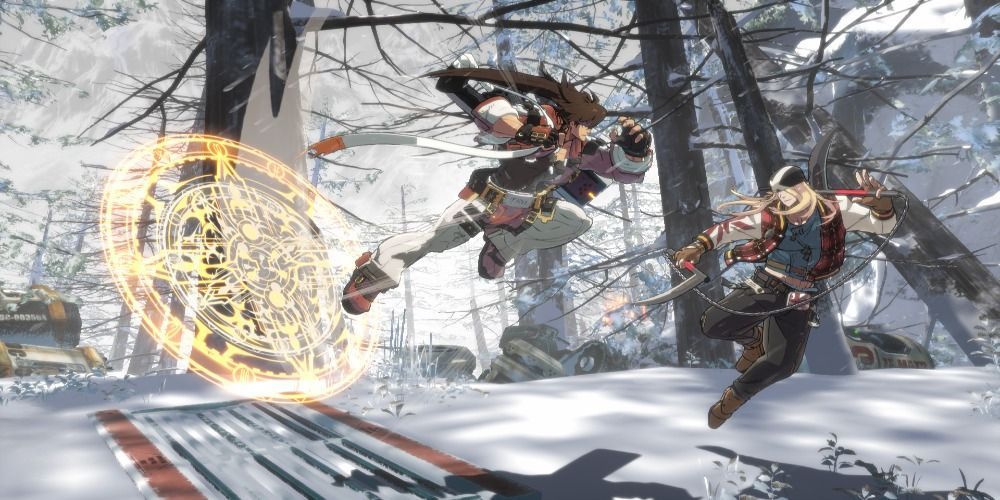
Players who start studying their characters would instantly realize that most of them have unique movement options. When used properly, players can see their characters like Giovanna just zig-zagging around the battlefield, confusing opponents with sheer speed. All characters have ways to punish unnecessary mobility.
Any player should remain mindful of various punishment options when it comes to pesky mobile opponents. Dust alone serves as a safe anti-air technique that provides decent upper body defense. Players should also note if characters with projectiles (I-No) or far-reaching attacks (e.g., Nagoriyuki) can use these attacks not just for poking but for punishing air and crouch movement.
2 Skipping The Wall Break
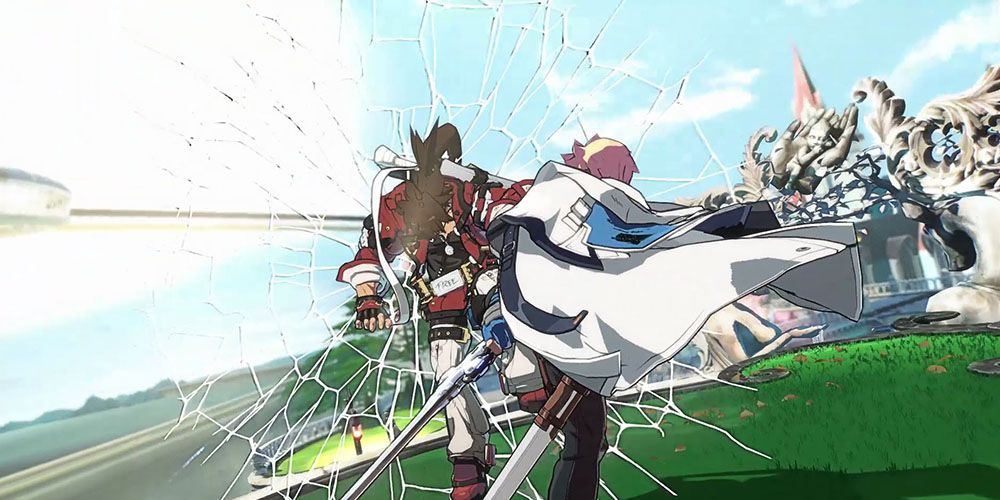
The Wall – and effectively, stage transitions – become one of the new highlight features of Strive that add both a visual and mechanical element to gameplay. Like in other fighting games, Strive now gives players the opportunity to hit an opponent so hard they just fly onto another part of the stage. Granted, Wall Breaks are flashy ways to show dominance.
However, players who underuse Wall Breaks leave themselves lacking in terms of damage. And those who overuse their Wall Breaks skip on interesting combo opportunities. To solve this predicament, players should remember these two things:
- When to do a Wall Break: Wall Breaks are a great way to return to neutral stance. Players who think the enemy is about to pull off a counter can end the combo with a harsh finisher that "resets" combat to neutral in a new stage.
- When to skip a Wall Break: Players should generally skip Wall Breaks if they want to keep pressuring the opponents. Instead of Wall Break, they can do a quick retreat to lure the opponents into a strike they can quickly punish and string into yet another hurtful combo.
1 Ignoring The Three Structures

Players who seem to never have “the room” to counter fierce combos might be ignoring the way they play in neutral space. Pro fighting gamer Machabo (Masahiro Tominaga) tackles neutral play in an interesting way when he introduced the Three Structures as part of his Guilty Gear fundamentals. At its core, Machabo advises players to take note of three concepts that weave together a meta-game whenever characters stay in the neutral zone.
- Active Defense (Oki-waza): This means doing pre-emptive moves to cover space, primarily since they provide the best safe spots. These pre-emptive strikes can punish players who try to penetrate defense through rushing excessively.
- Proactive Offense (Ate-zawa): This means unleashing fast attacks against waiting opponents, consisting of quick dashes, low attacks, or long-range overheads. These attacks punish players who stay out of reach by capitalizing on speed.
- Reactive Play (Sashi-kaeshi): This means attacking precisely as a reaction to another attack, primarily in the form of punishing counters. These moves can work great against heavily-defensive enemies, as players can dish out moves specifically to punish them.
NEXT: Best Arc System Works Fighting Games, Ranked (According To Metacritic)
